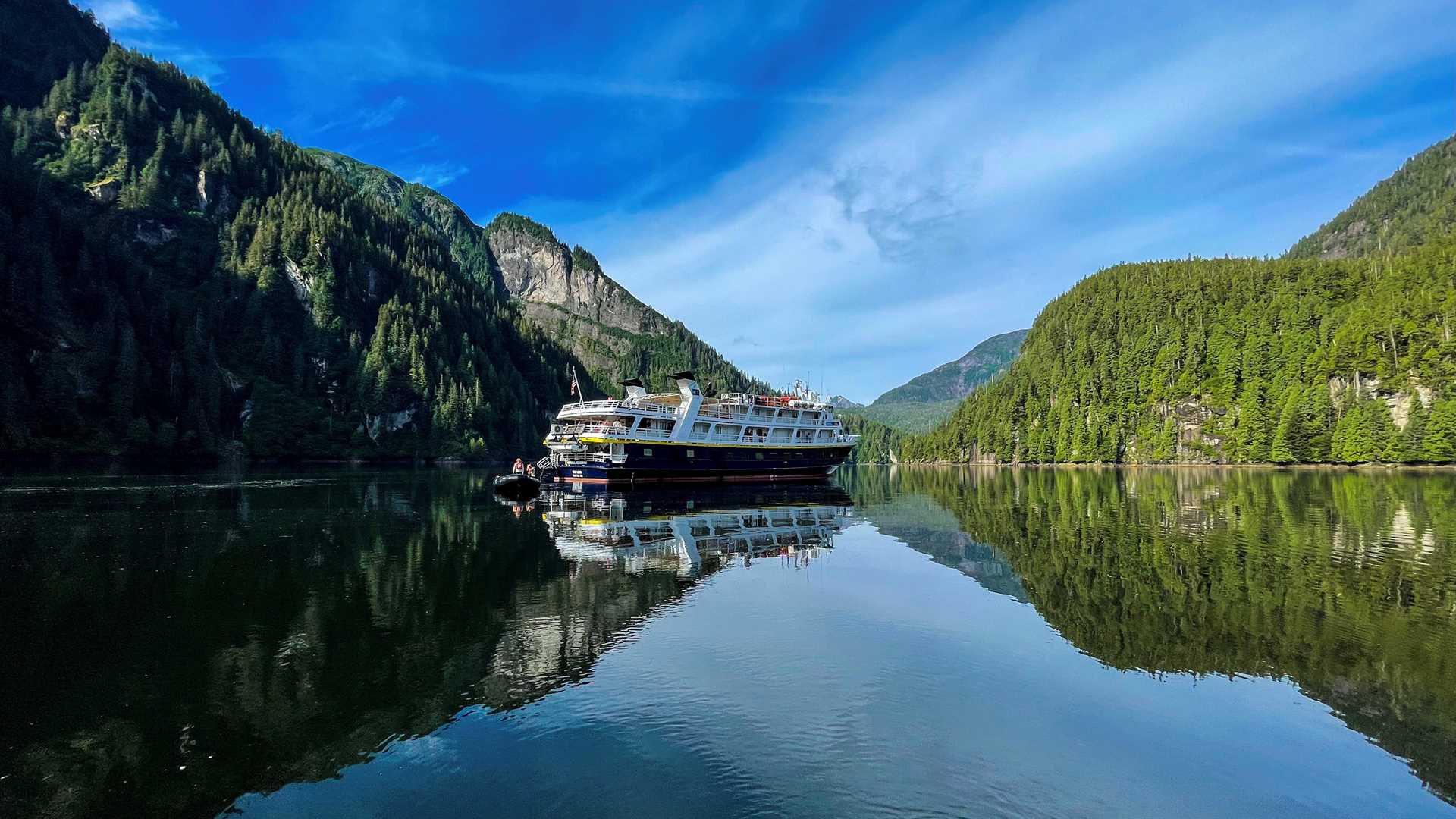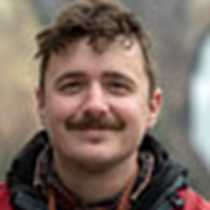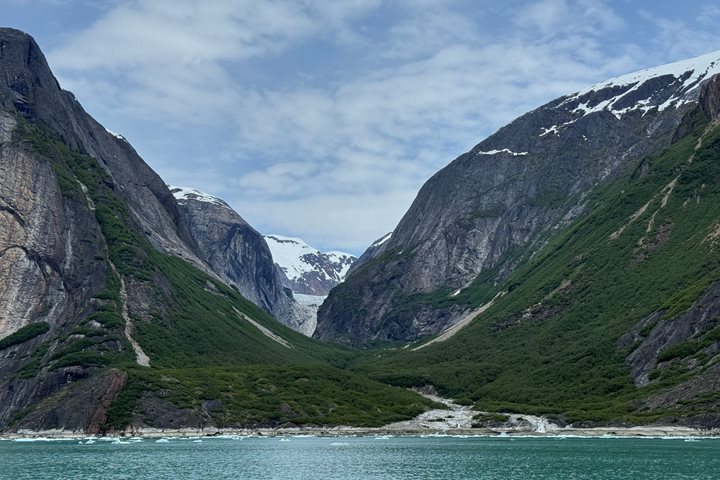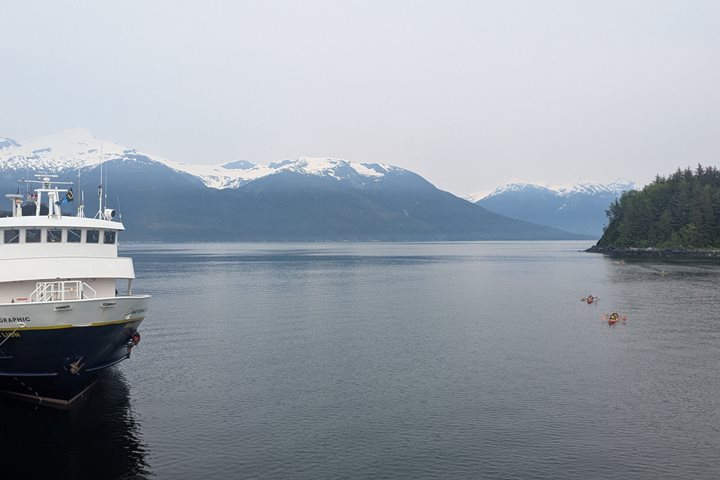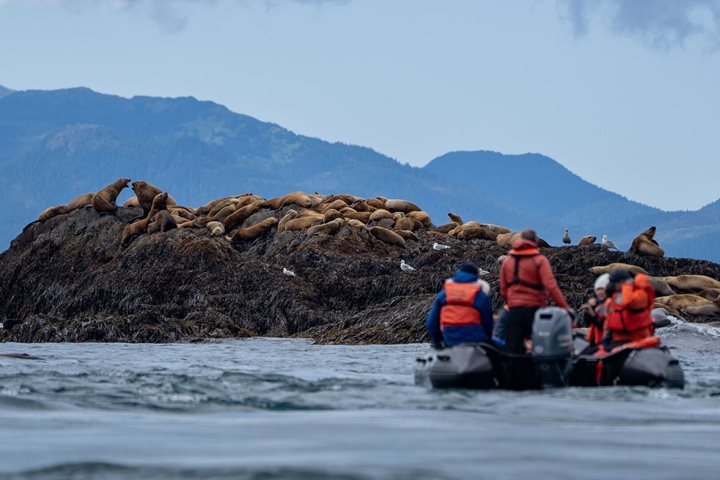The National Geographic Sea Lion cruised into a not so Misty Fjords for an activity filled last day. The ship expertly navigated through Owl’s Pass and into the upper bay, colloquially known as God’s Pocket. The scenery and peacefulness of this destination is the ultimate snapshot of Alaska, a place known for its extremes. The foundation of this special place is its bedrock geology and its glacially carved landforms. Time, glaciers, and water etched a fantastic landscape that tells an incredible story.
Misty Fjords is a testament to the raw power of ice. Although the tidewater glaciers that carved this remarkable national monument have vanished, 3,000-foot-high ice age cathedrals of granite bear witness to their force. Misty Fjords is more than two million acres of saltwater passages, lush forest, alpine lakes, and waterfalls, where the spectacular becomes an ordinary sight. An unspoiled coastal ecosystem with extraordinary geological features of U-shaped valleys, hanging valleys, cirques, and aretes.
Wildlife was abundant in Misty Fjords. Bald eagles dove from great trees near the shoreline, and pairs sharing the duties of raising the young were seen on their nests. Salmon were lazily swimming near the mouth of the streams that fed the bay. Most excitingly, harbor seals were hauled out beneath the waterfalls, striking their best banana pose.
The final activity of this weeklong excursion was a kayak and Zodiac tour in Punchbowl Cove. The spectacular gray granite cliff on the north side of the cove is truly remarkable. This rock was once molten rock that solidified under great pressure, 50-70 million years old, and now towers over the fjord. Evidence of past volcanic activity is also visible in Punchbowl by perfectly hexagonal columnar basalts.
Water is abundant in this part of Southeast Alaska and the characteristic liquid sunshine returned in the afternoon. This rain is crucial for the health of the rainforest. At first glance, the rugged mountainsides appear to be covered with unbroken conifer forests from the water to timberline. Except for steep cliffs, scarcely any area remains devoid of vegetation. Even rock, which in a drier climate would be bare, is colonized by mosses, small plants, shrubs, or trees. The shower provided the perfect setting for landscape photography and an appropriate endcap experience to an Alaskan adventure.

